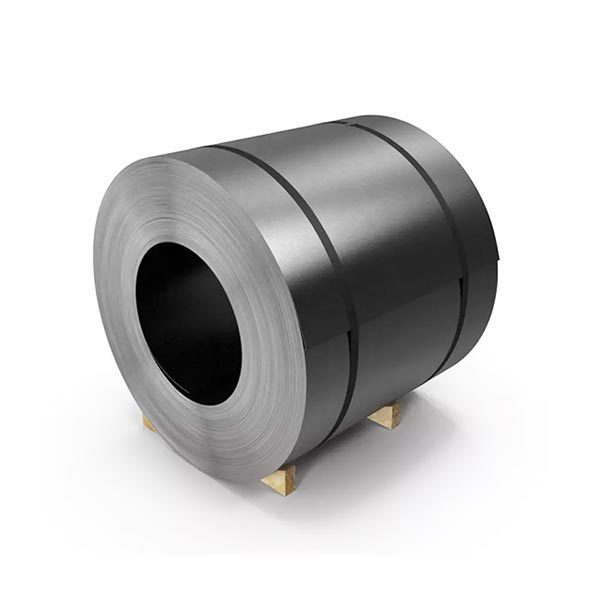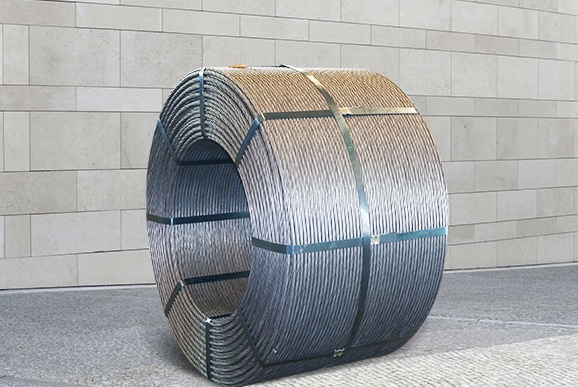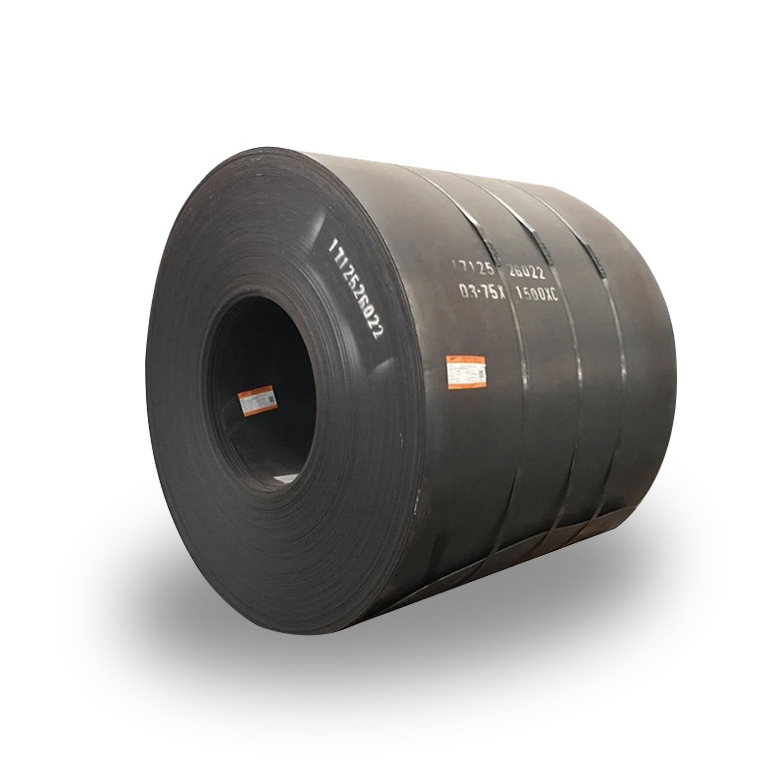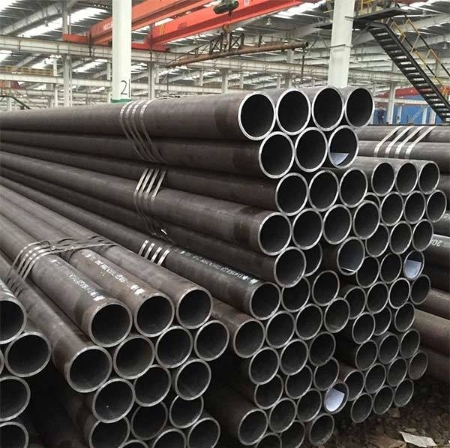What is Carbon Steel?
Carbon steel is one of the most commonly used materials in the manufacturing and construction industries. It is primarily composed of iron and carbon, with varying amounts of carbon content, which greatly influences its properties and applications. Pure iron itself is not very strong, but the addition of carbon enhances its strength, hardness, and other mechanical properties.
In its crude form, carbon steel can contain up to 2.1% carbon, the highest amount allowed before it ceases to be classified as steel. However, steel is often processed to lower the carbon content, which changes its characteristics. These changes can affect the steel’s strength, ductility, and hardness.
Key Properties Affected by Carbon Content
| Property | Explanation |
|---|---|
| Strength | How much load the material can bear before it deforms or breaks. |
| Ductility | The ability of the material to stretch without becoming brittle. |
| Hardness | The wear resistance and machinability of the material. |
Carbon steel is divided into three categories based on its carbon content:
-
Low Carbon Steel (Mild Steel): 0.05% – 0.25% carbon
-
Medium Carbon Steel: 0.26% – 0.60% carbon
-
High Carbon Steel: 0.61% – 1.50% carbon
These variations in carbon content result in different mechanical properties, making each type suitable for specific applications.
Low Carbon Steel: Properties and Applications
Low carbon steel (also known as mild steel) contains a lower percentage of carbon, making it softer and more ductile than medium and high-carbon steel. This material is easier to form, weld, and machine, which makes it ideal for various manufacturing processes. Its primary use is in applications requiring high ductility and ease of fabrication, like construction, automotive components, and heavy equipment.
Common Grades of Low Carbon Steel:
| Grade | Carbon Max | Tensile Strength (ksi) | Applications |
|---|---|---|---|
| ASTM A36 | 0.26% | 58-80 | Construction, bridges |
| ASTM A572 Grade 42 | 0.21% | 60 | Structural applications |
| ASTM A830 Grade 1020 | 0.23% | 58-80 | Machine parts, automotive |
Advantages of Low Carbon Steel:
-
Excellent formability and weldability.
-
Cost-effective for large-scale applications.
-
Used extensively in building construction, bridges, and automotive industries.
⚠ Common Misconception: Low carbon steel is not suitable for high-strength applications, but its ductility makes it an excellent choice for large structures that need to be easily molded into complex shapes.
Medium Carbon Steel: Balanced Strength and Ductility
Medium carbon steel falls between low and high carbon steels in terms of both strength and ductility. This type of steel contains between 0.26% and 0.60% carbon, offering better hardness and tensile strength compared to low carbon steel, while still maintaining good ductility. Medium carbon steel is commonly used in applications that require higher strength, such as machine parts, pressure vessels, and automotive components.
Common Grades of Medium Carbon Steel:
| Grade | Carbon | Tensile Strength (ksi) | Applications |
|---|---|---|---|
| ASTM A516 Grade 70 | 0.30% | 70 | Pressure vessels, boilers |
| ASTM A830 Grade 1045 | 0.43% | 90 | Gears, axles, shafts |
Advantages of Medium Carbon Steel:
-
Good balance of strength, hardness, and ductility.
-
Capable of being heat treated for enhanced properties.
-
Used in machine tools, automotive parts, and industrial machinery.
⚠ Common Misconception: Medium carbon steel is not always suitable for applications requiring extreme strength, as it may not perform as well under high-impact conditions compared to high carbon steel.
High Carbon Steel: High Strength and Hardness
High carbon steel contains between 0.61% and 1.50% carbon. This high carbon content makes it extremely strong and hard, but also less ductile. High carbon steel is primarily used in applications that demand high wear resistance and strength, such as cutting tools, blades, and springs.
Common Grades of High Carbon Steel:
| Grade | Carbon | Tensile Strength (ksi) | Applications |
|---|---|---|---|
| SAE 1095 | 0.95% | 90 | Blades, knives, springs |
| AISI 1055 | 0.55% | 85 | Axles, tool steel |
Advantages of High Carbon Steel:
-
Excellent wear resistance and strength.
-
Suitable for high-performance applications like cutting tools and abrasive applications.
-
Requires careful handling during machining due to its hardness.
⚠ Common Misconception: High carbon steel is often considered difficult to work with due to its brittleness and low ductility, but its properties make it ideal for applications where strength is crucial.
High Carbon Steel vs Medium Carbon Steel: A Comparison
| Property | High Carbon Steel | Medium Carbon Steel |
|---|---|---|
| Carbon Content | 0.61% – 1.50% | 0.26% – 0.60% |
| Strength | High | Moderate |
| Ductility | Low | High |
| Hardness | Very High | Moderate |
| Machinability | Difficult | Easier than high carbon |
| Applications | Cutting tools, springs | Automotive parts, gears |
Step-by-Step Guide to Choosing the Right Carbon Steel for Your Project
-
Identify the Required Strength: Consider whether your project needs a material that can withstand heavy loads or if ductility is more important for ease of fabrication.
-
Assess the Environmental Conditions: Determine if the steel will be exposed to harsh environments or extreme wear and tear, which may require high or ultra-high carbon steel.
-
Evaluate Formability and Machinability Needs: If you need a material that can be easily welded or formed into complex shapes, low carbon steel may be your best choice.
-
Select the Grade: Based on the strength and other properties needed, select the appropriate grade (e.g., A36 for construction, A516 for pressure vessels).
-
Consider Heat Treatment: If you need to enhance the hardness of the material, consider medium or high carbon steel that can be heat-treated to improve its mechanical properties.
Common Mistakes to Avoid When Choosing Carbon Steel
⚠ Not Considering Long-Term Durability: High carbon steel is ideal for strength but may be too brittle for long-term use in certain applications. Choose accordingly based on the wear and tear your material will face.
⚠ Underestimating Machinability: High carbon steels are harder to machine, so be sure to factor this into your decision if you require detailed shaping or cutting.
Final Checklist: Selecting the Right Carbon Steel
| Task | Check |
|---|---|
| Determine the required strength | [ ] |
| Assess environmental exposure | [ ] |
| Evaluate machinability | [ ] |
| Select the appropriate carbon steel grade | [ ] |
| Choose if heat treatment is necessary | [ ] |
By following this guide, you can confidently choose the right carbon steel plate for your project, ensuring it meets both your strength and formability requirements. Whether you are in construction, automotive, or manufacturing, understanding the differences between low, medium, and high carbon steels will help you make informed decisions that enhance the longevity and performance of your application.









